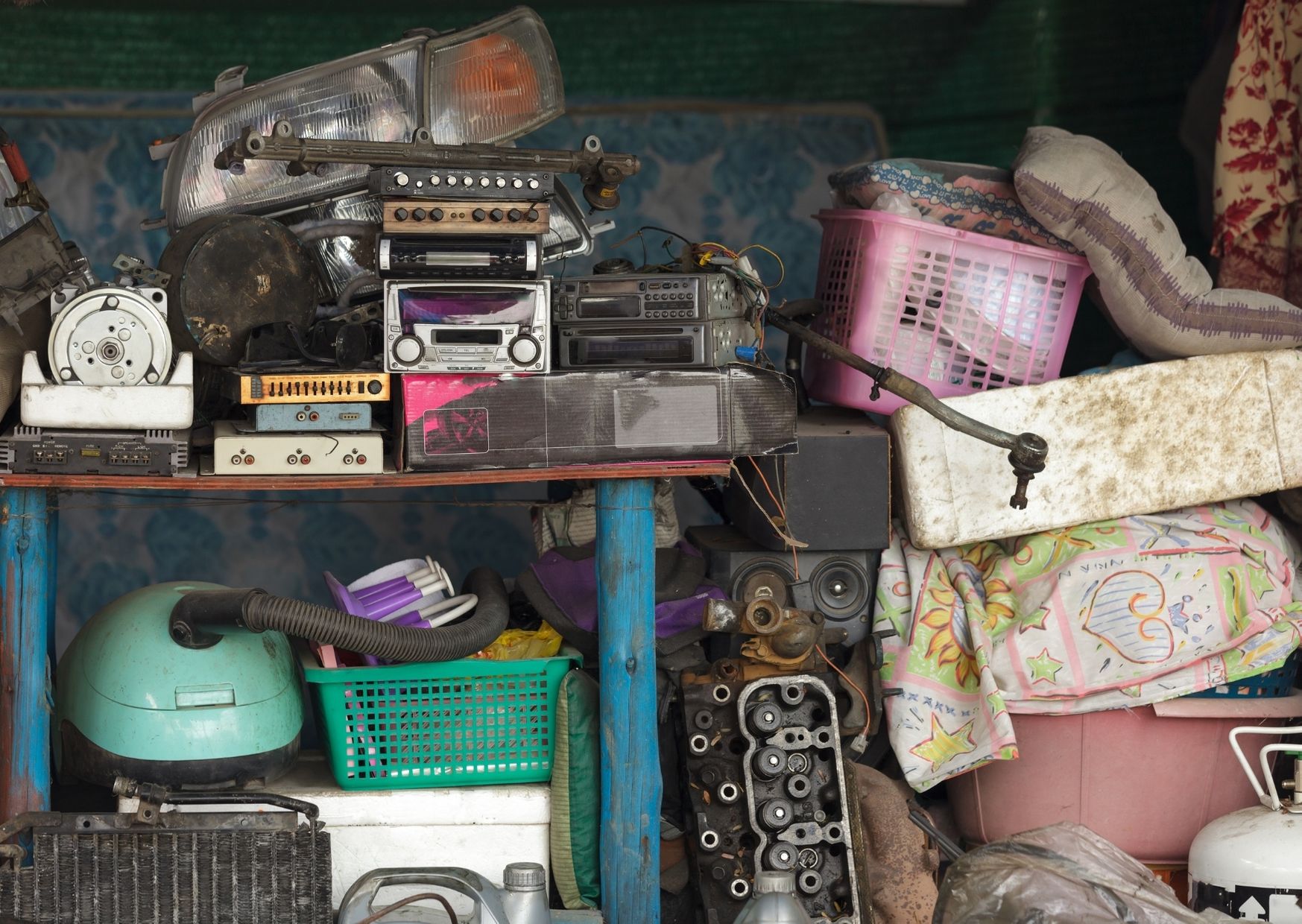- Home
- Knowledge library
- The wastes of Lean management
The wastes of Lean management
Waste is any step in a process that does not add value to the customer. There are three types of waste in Lean management, Muda, Mura and Muri, and we explore them below.
Back to: Lean management for farmers and growers
Muda – The eight wastes of Lean
These are areas that significantly contribute to inefficiency. Waste is anything that does not add value to customers. TIMWOODS is an acronym that outlines all the wasteful steps in our processes so we can remove them.

Transportation
Moving equipment (feed and stock) or materials unnecessarily can lead to additional reviews or steps that are not required. This also applies to the movement of information, such as performance data that is not analysed.
Inventory
Allowing parts (machinery, medicines and chemicals) or information to build up beyond the number needed or beyond their useful life. For example, sows, cows and ewes that should have been culled and now produce offspring that increase variation and workload.
Motion
This is the movement of people in areas that do not benefit the customer, such as walking between different equipment or repetitive movements to reach poorly laid out equipment, e.g. in the AI tent
Waiting
Losing time while you wait for supply chain materials (feed and straw stocks), people (contractors), or information. This could include waiting for equipment to be delivered.
Overprocessing
Moving equipment or materials unnecessarily can lead to additional reviews or steps that are not required. Pushing for 8 kg piglets rather than 7 kg, when only getting paid for 7 kg. Pushing butterfat and protein at the cost of litres, pushing the weight of lambs at the cost of lean meat. Over-chopping the fodder length when producing silage.
Overproduction
This is not just about making more of something than you need. It can also refer to making it too soon or too quickly, resulting in unnecessary storage costs. Stock densities, seed rates and plantings can all be too high, with negative effects on yield.
Defects
Creating products, services, or information that is not accurate or has missing parts. Mastitis in breeding stock, prolapsed sows, iron deficiency, lameness, mummified piglets, repeat returns, barren sows, low protein wheat, mycotoxin contaminants, antibiotic in milk.
Skills
Not making full use of your team's skills, experience, or creativity. This can sometimes take the form of highly skilled employees spending time on relatively unskilled tasks.
Watch our webinar on how to reduce business waste and identify areas for improvements
Mura – The waste of unevenness
Mura is caused by unevenness or inconsistency in your process. It is responsible for many of the eight wastes of Muda.
Mura stops your tasks from flowing smoothly across your work process and, therefore, gets in your way of reaching continuous flow.
Muri – The waste of overburden
Muri is common in businesses that apply push systems. This is when you assign too much work to your team, resulting in unnecessary stress being placed upon your team and process.
Muri is usually a result of Mura, and if you want continuous improvement to become part of your business culture, you need to focus on getting rid of those wastes.

